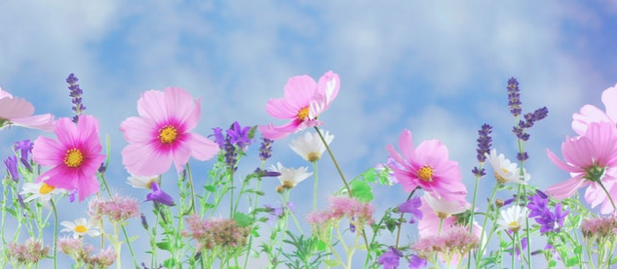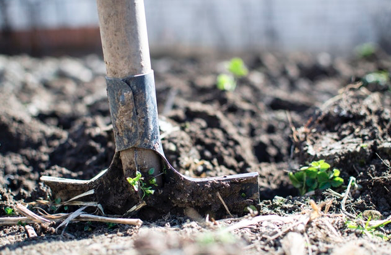How You Can Save Water in the Garden

While it’s true that gardening is an enjoyable and fulfilling endeavour, a lot of water is required so you can get the most out of it. Since only a fraction of the world’s supply of water is safe for household use, it’s important that you consider saving water in the garden to be as important as saving water in the home.
There are many ways to save water when gardening. These are highlighted below.

1. Look after the soil by implementing the following measures:
– The addition of organic matter to soil can help improve its structure, which can help in moisture retention.
– When springtime comes, mulch flowerbeds and the bases of trees and shrubs to prevent the evaporation of moisture during a dry spell.
– Mulch the surface of a hanging basket so moisture stays for a longer period of time.
– Add water-retentive gel or granules to compost. You can also add compost with these already mixed in.
2. Water the plants at the correct time.
Many tend to over-water their gardens, thinking it would make plants grow healthy. But this is actually a waste of water and an unnecessary addition to your gardening routine. So cut this habit and water only if necessary.
One method you can use to determine if a plant or a number of plants need watering or not involves checking the first few inches of soil (starting from the surface) for dampness. If damp, then you need not water that spot or area. If not, then water that spot or area.
Another method involves checking plants for signs of water stress, such as leaves turning brown. Do this only if the soil used for growing a plant is clay, which almost always feels damp, or sand, which almost always feels dry. This allows you to know what those types of soil are like when they have little water.
The evening is the best time of the day to water plants, as it is cooler. Cold air temperature reduces evaporation.
3. Use only the correct amount of water.
Plants on light, sandy soil need to be watered more often, while those on heavy soils do not need to be watered often. Plants on clay-based soil do not have to be watered that often, but will require more water. Regardless of soil type, remember that 24 litres of water is needed in every square meter every seven days to ensure plant growth.

4. Water the plants properly.
Sprinklers: These are best for watering the lawn and soaking any unplanted areas with water. They have decent coverage, but are unable to target specific portions of your garden.
Watering cans and hoses: Their use may require more effort on your part, but they are precise. Best used around plant bases.
Seep hoses: These have holes where water can seep out of. They can be buried under mulch or soil to prevent evaporation. They can also be used to water plants set in rows. However, these are best for use on heavy soil, as these allow for a sideward spread of water.
5. Rainwater harvesting.
Even if you live in a dry region, it is still possible to collect several thousand litres of rain from your roof annually. You only need to do two things: the first is to modify the drain pipe so rain goes into a container, and the second is to make a Rain Water Tanks Direct water tank a part of the rainwater collection system.
There are two benefits to saving water in the garden. You gain fresh produce every harvest season and help in replenishing the world’s supply of water. Doing so also slashes off a huge sum of money on your water bill each month. For these reasons, you are better off taking the above advice to heart and making them part of your gardening endeavours.
Leave a Reply